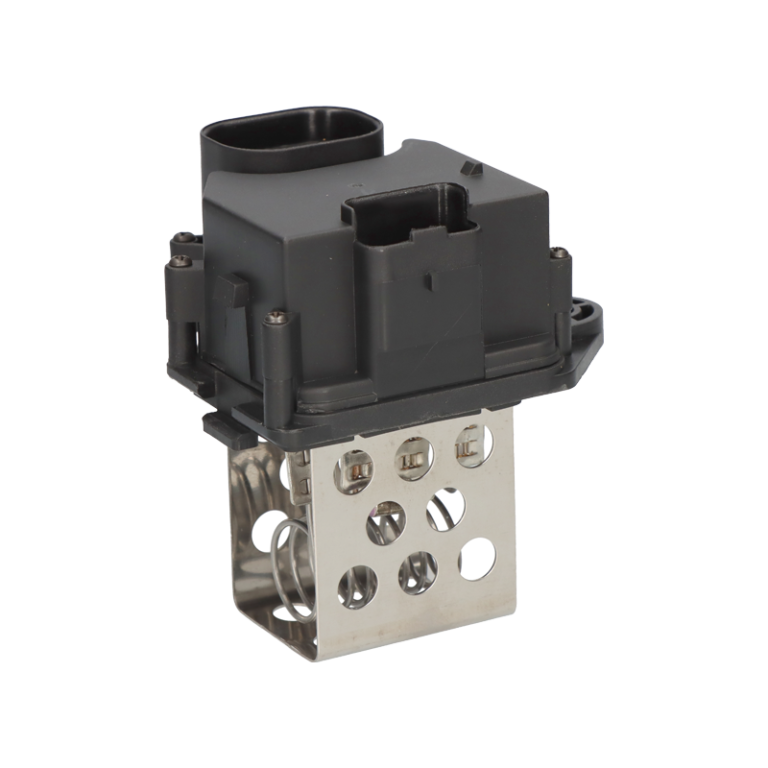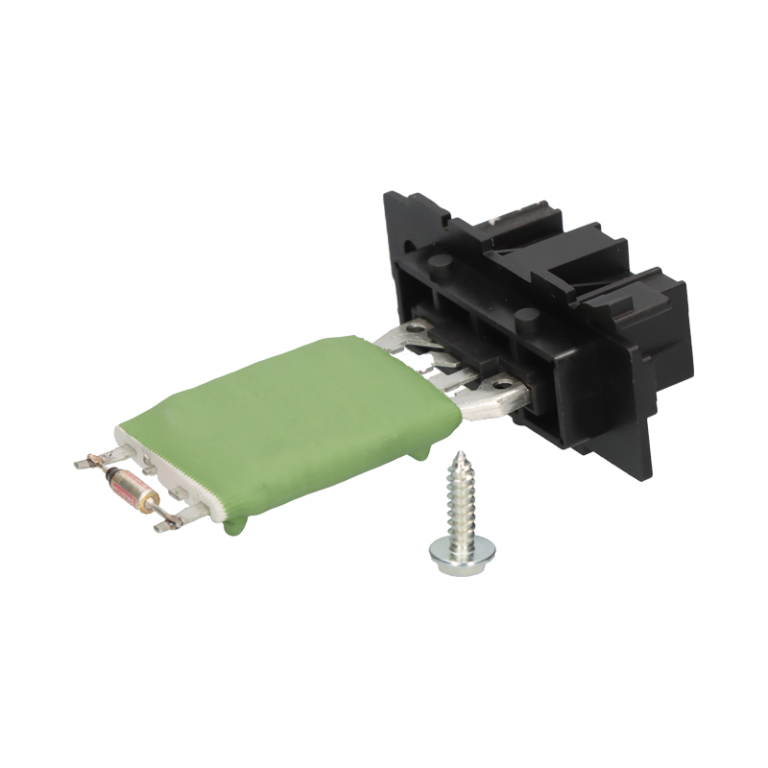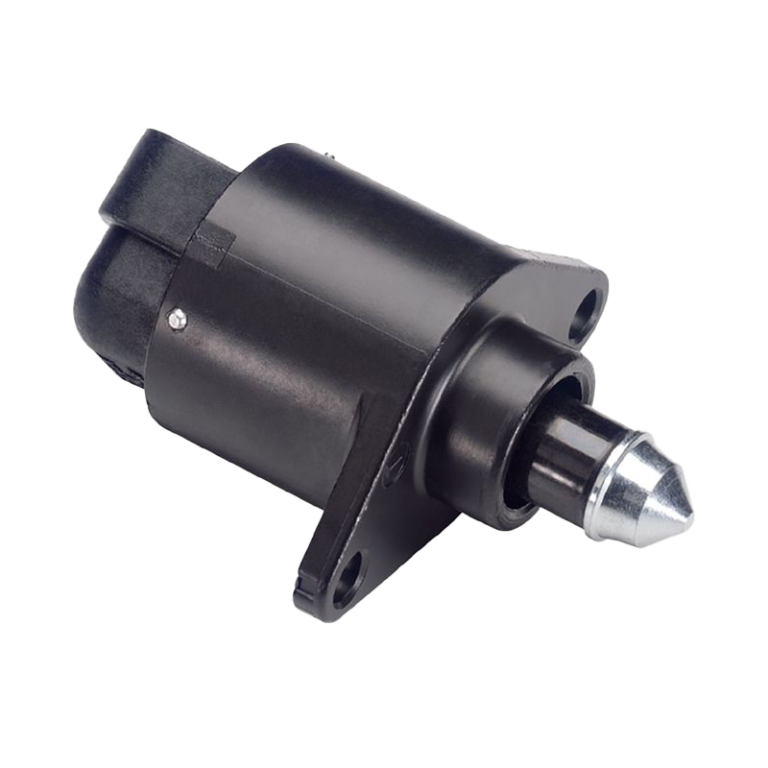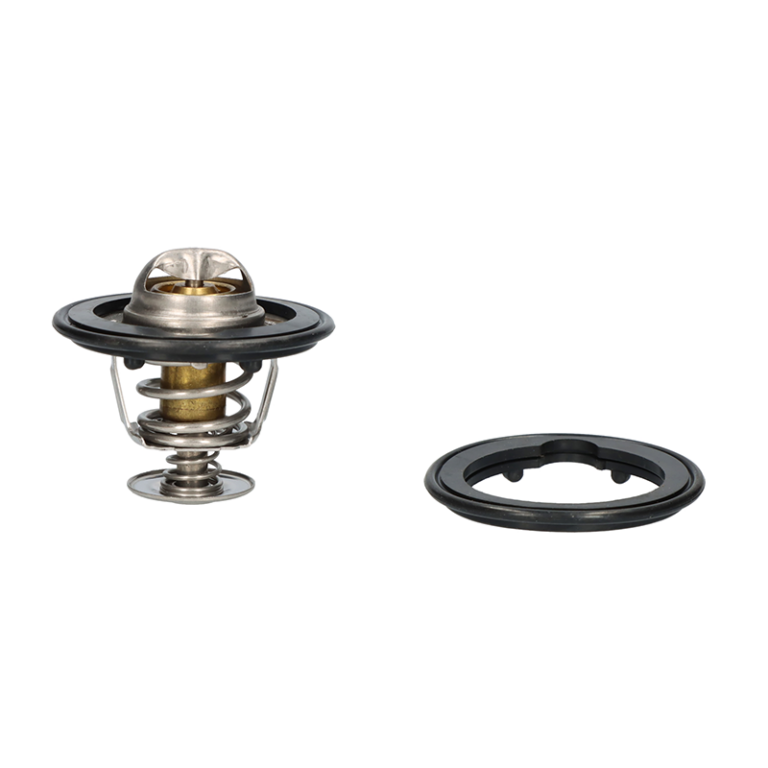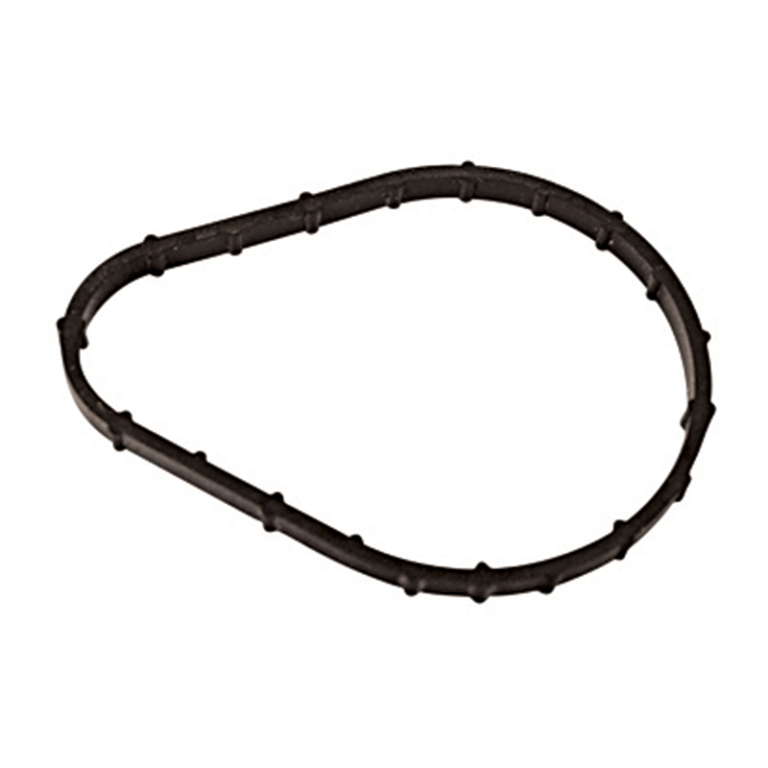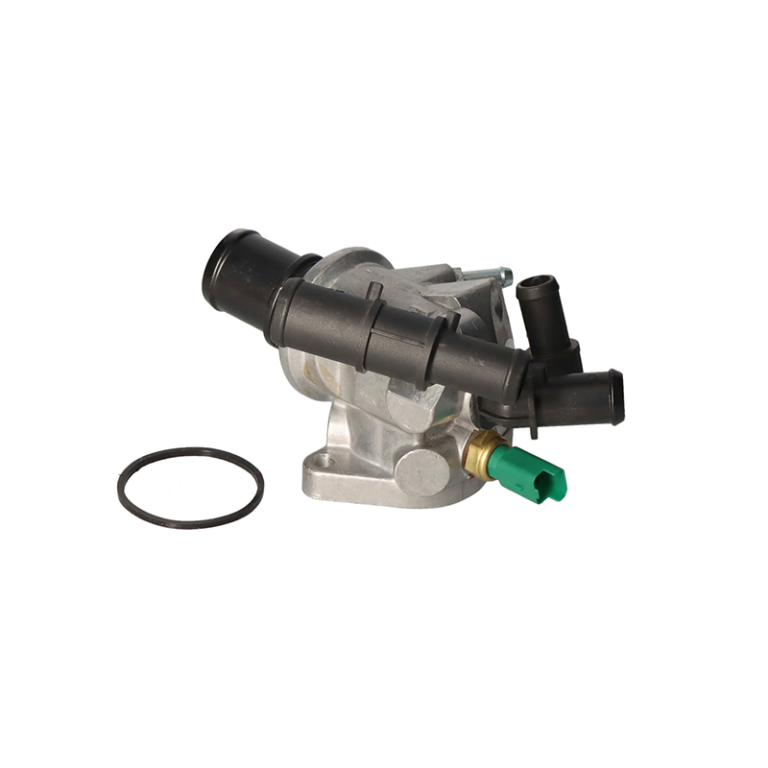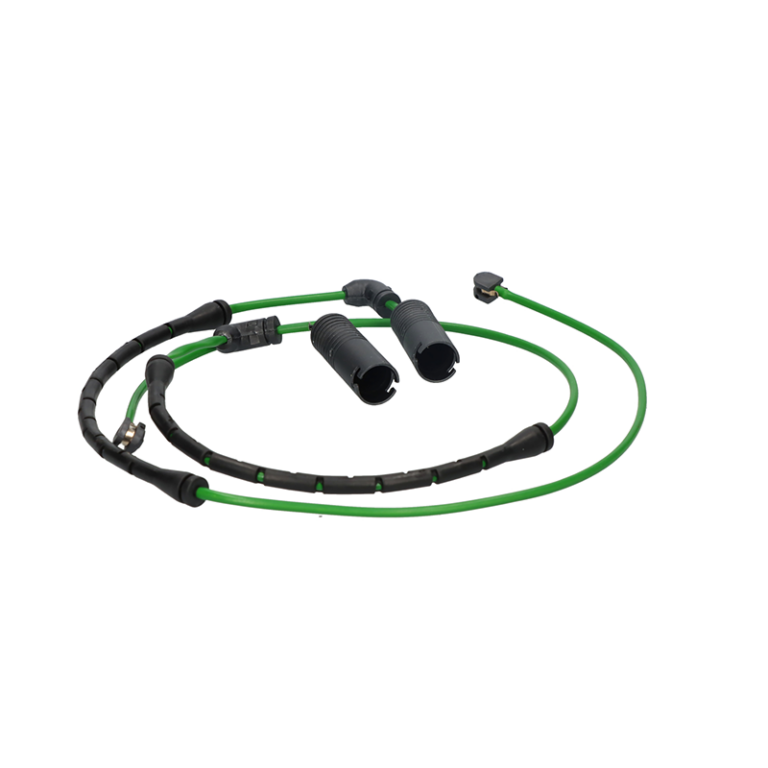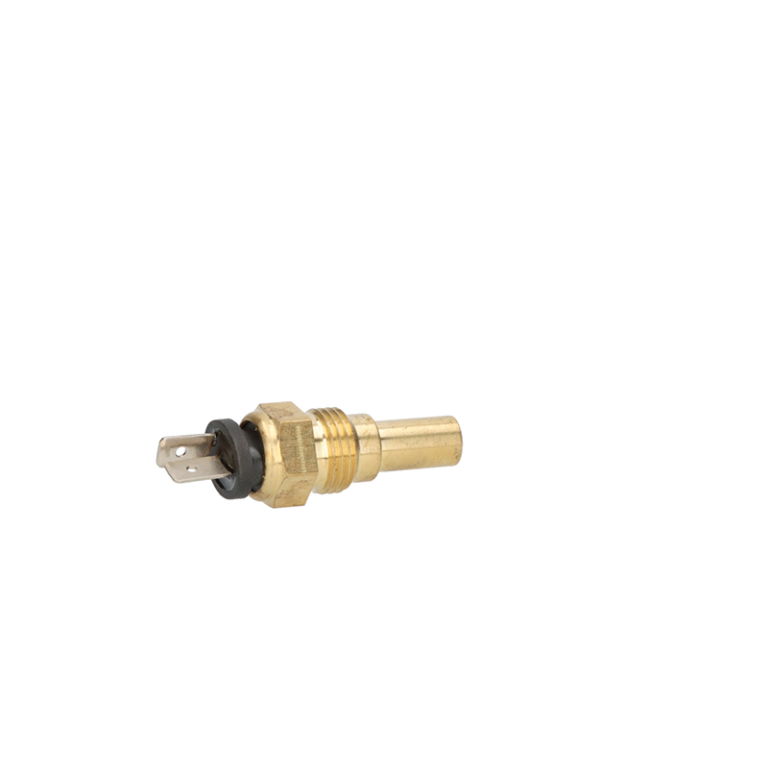The purpose of the EGR valve is to reduce contaminating gases, specifically nitrogen oxide. They are found in both gasoline and diesel engines, although its effect is more powerful in the second because it emits more emissions of the mentioned gases.
LOCATION
Located between the intake manifold and the exhaust and allows part of the gases to return to the combustion chamber through an intake manifold so that they can burn again
TYPES
They are currently 2 types of EGR valves:
- Tyres: Currently there are few cards using this type of valve. It works from the vacuum generated by the intake manifold and the force applied to a bellows which opens and closes according to the pressure exerted. The amount of vacuum the valve receives is regulated by an electric solenoid.
- Electric: Allows more precise control of the quantity of exhaust gases flowing to the intake. This type of valves does not work from vacuum, but they are operated electrically.
POSSIBLES FAULT SYMPTOMS
An element that usually causes the following symptoms and is due to clogging with soot. Although it does not compromise the safety of the vehicle, but it reduces its service life. When the EGR presents a problem, generally the engine ECU detects a fault (and turns on the engine trouble warning light on the dashboard) which can limit the performance and/or the functionality of the engine
- Emission of harmful gases
- Increased fuel consumption
- Loss of engine power
- Jerks of the vehicle while driving
HT1 VALVE TESTER
The HT1 valve tester is a tool designed by our engineers and is unique in the market. It checks the proper functioning of EGR and throttle valves with electric actuation. Once the valve is connected, the HT1 initiates openings and closings at different speeds, recording and comparing the position signals with the OEM reference signal. The screen displays whether the operation is correct or incorrect, measuring control parameters and actuation speed across the entire range.
For more information, visit the HT1 Valve Tester section on our website.



